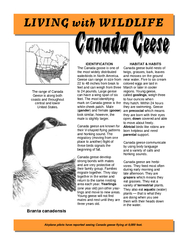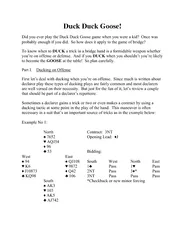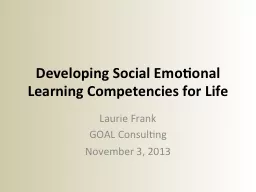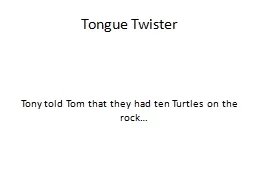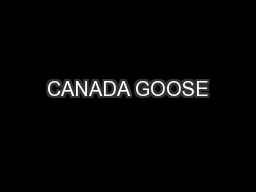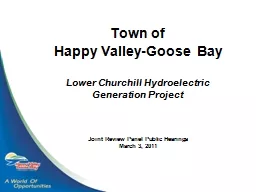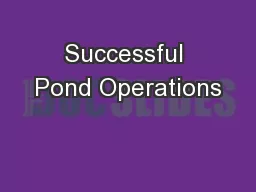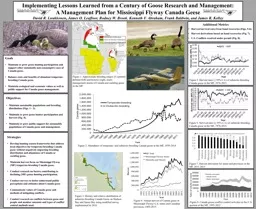PDF-I The Canada goose is one of the most widely distributed waterbirds in
Author : min-jolicoeur | Published Date : 2015-07-27
Airplane pilots have reported seeing Canada geese flying at 9000 feet Branta canadensis The range of Canada Geese is along both coasts and throughout central and
Presentation Embed Code
Download Presentation
Download Presentation The PPT/PDF document "I The Canada goose is one of the most wi..." is the property of its rightful owner. Permission is granted to download and print the materials on this website for personal, non-commercial use only, and to display it on your personal computer provided you do not modify the materials and that you retain all copyright notices contained in the materials. By downloading content from our website, you accept the terms of this agreement.
I The Canada goose is one of the most widely distributed waterbirds in: Transcript
Download Rules Of Document
"I The Canada goose is one of the most widely distributed waterbirds in"The content belongs to its owner. You may download and print it for personal use, without modification, and keep all copyright notices. By downloading, you agree to these terms.
Related Documents

